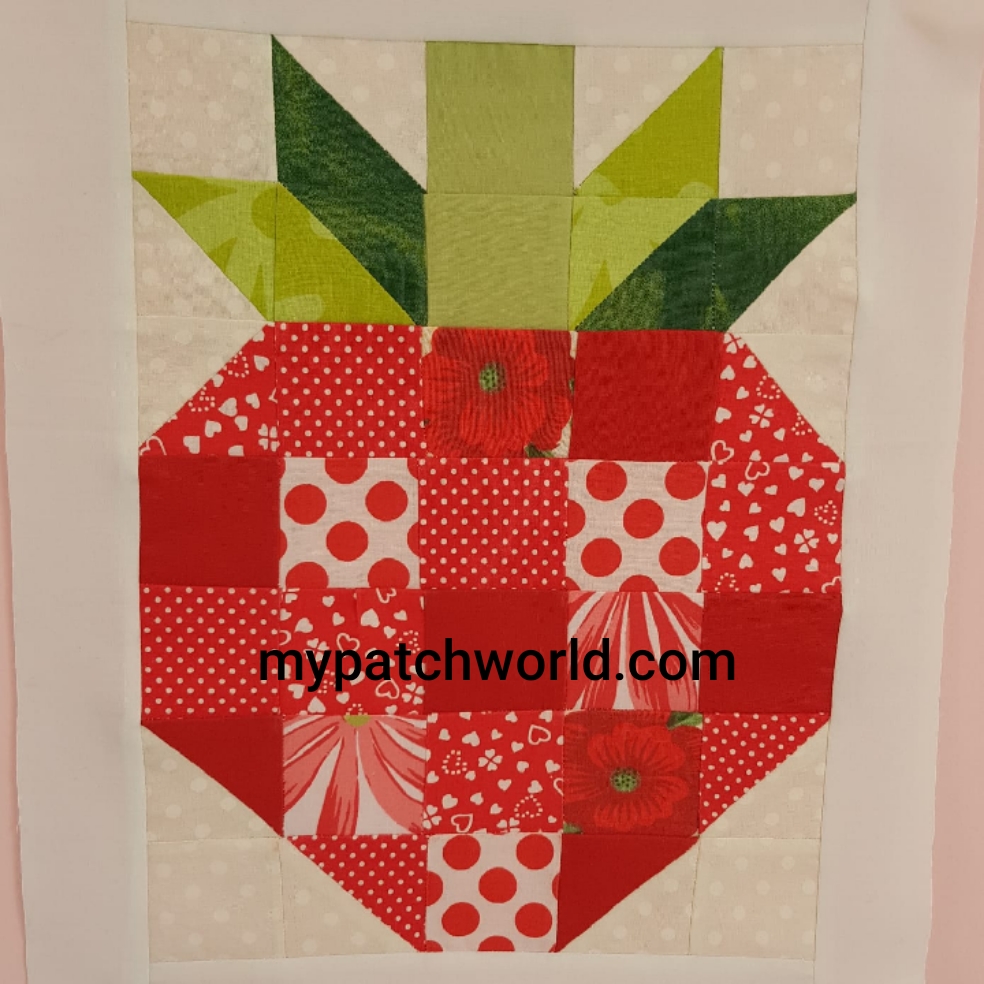cactus mug rug tutorial
By Hatun Comak →
Thursday, April 19, 2018
Now I'll tell how to make a mug rug. I hope it will be helpful for you. If anything missing or not clear about the instructions, please let me know, so that I can fix it. Here we go!
Instructions
The first thing to do is to prepare the top quilt. For this mug rug I preferred cactus applique pattern. For PDF with various cacti patterns, click below.
Choose one of the cacti and prepare it for applique with english paper piecing. Below is the cactus I chose. After pressing with iron, remove the papers inside and it is ready for appliquing.
Cut a piece of fabric measuring 8"x8". Mug rugs differs in size. This is the measure I used. Place the cactus to the center of the fabric, pin and baste it and then you can start appliquing it.
After quilting, trim the edges. For binding, cut 2,5" wide stripe. Fold it double, as in the photo and iron it.

Press the seams with iron. Turn the binding to the right side and pin the binding to the right side. Sew all around the quilt by machine. To me, the most difficult part of the binding is making corners, but by this way of binding, you'll have proper corners.
































